Nissan Qashqai VS Kia XCeed – Specs, Efficiency & Price Comparison
Find out now which car fits your needs better!
The Nissan Qashqai (SUV) is powered by a Petrol MHEV or Full Hybrid engine and comes with a Manuel or Automatic transmission. In comparison, the Kia XCeed (SUV) features a Petrol engine and a Manuel or Automatic gearbox.
When it comes to boot capacity, the Nissan Qashqai offers 504 L, while the Kia XCeed provides 426 L – depending on what matters most to you. If you’re looking for more power, you’ll need to decide whether the 190 HP of the Nissan Qashqai or the 140 HP of the Kia XCeed suits your needs better.
There are also differences in efficiency: 5.10 L vs 6.30 L. In terms of price, the Nissan Qashqai starts at 29400 £, while the Kia XCeed is available from 23700 £.
Compare all the key specs now and find out which model fits your lifestyle best!
In the increasingly competitive crossover segment, the Kia XCeed and Nissan Qashqai are standout contenders, each offering their unique spins on style and functionality. The XCeed is lauded for its sporty, coupe-like design and engaging driving experience, appealing to those who prioritize aesthetics alongside practicality. In contrast, the Qashqai impresses with its well-rounded package of advanced safety features, spacious interior, and modern tech, making it an excellent choice for families seeking reliability and comfort.
Nissan Qashqai
The Nissan Qashqai stands out in the compact SUV market with its sleek design and versatile features. Its smooth ride and refined interior make it a popular choice for both city driving and weekend adventures. Advanced safety technologies and user-friendly infotainment add to its appeal, ensuring a comfortable and secure driving experience for all passengers.
details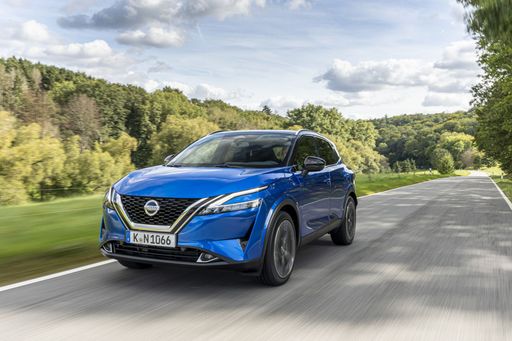 @ Nissan
@ Nissan
 @ Nissan
@ Nissan
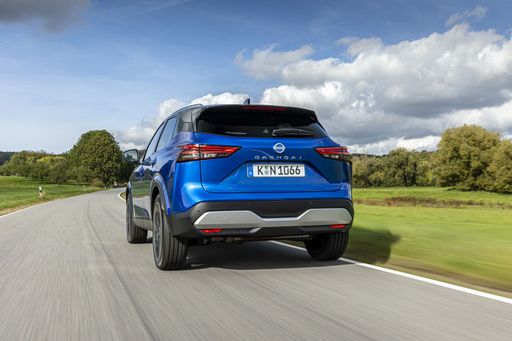 @ Nissan
@ Nissan
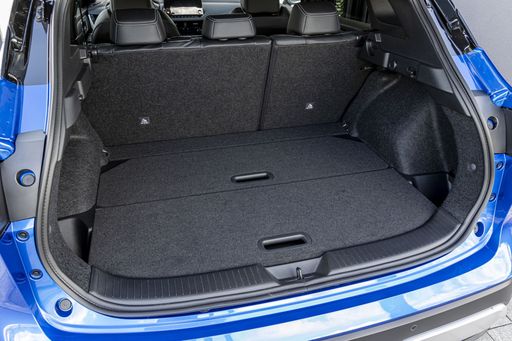 @ Nissan
@ Nissan
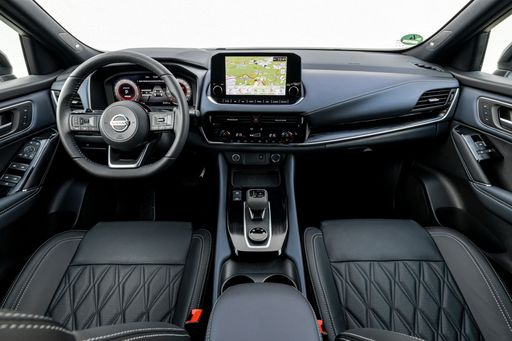 @ Nissan
@ Nissan
Kia XCeed
The Kia XCeed offers a stylish and modern design, blending the sportiness of a coupé with the practicality of an SUV. Its interior is well-crafted, featuring high-quality materials and a range of advanced technology to enhance the driving experience. With an emphasis on comfort and efficiency, the XCeed provides a compelling option for those seeking a versatile and dynamic vehicle.
details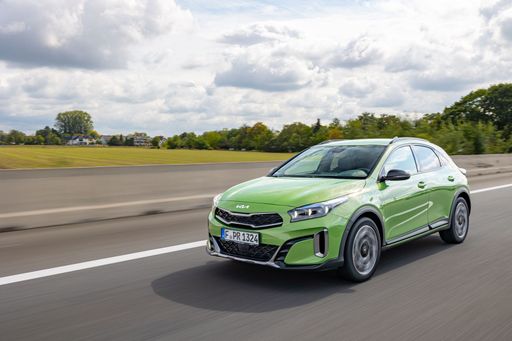 @ press.kia.com
@ press.kia.com
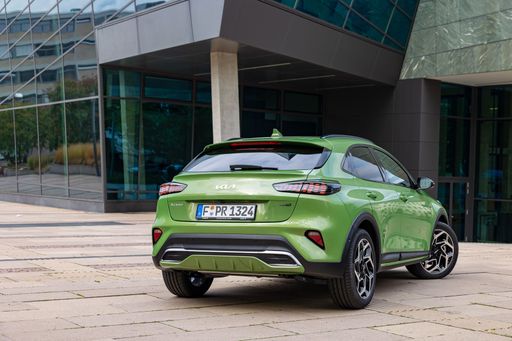 @ press.kia.com
@ press.kia.com
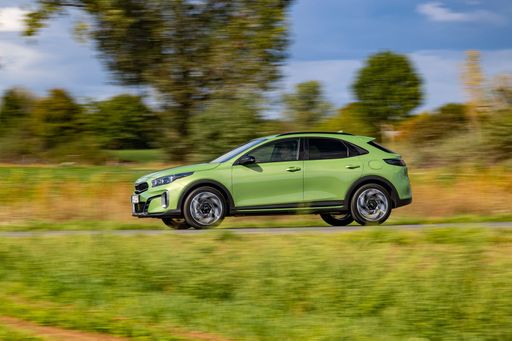 @ press.kia.com
@ press.kia.com
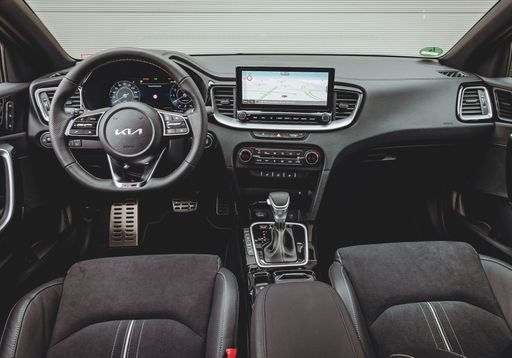 @ press.kia.com
@ press.kia.com
The Battle of the SUVs: Kia XCeed vs. Nissan Qashqai
In the ever-evolving landscape of compact SUVs, two contenders stand out for 2024: the Kia XCeed and the Nissan Qashqai. Both models have carved their niche with unique features while catering to the diverse needs of modern drivers. Let's dive into the technical aspects and innovations of each vehicle to determine which one might suit you best.
Power and Performance
The Kia XCeed offers a choice of petrol engines with options delivering up to 140 HP, paired with either a manual gearbox or a dual-clutch automatic transmission. The vehicle is front-wheel drive and can accelerate from 0 to 100 km/h in as little as 10.2 seconds, reaching top speeds of 195 km/h. With various cylinder configurations and a substantial torque of 253 Nm, the XCeed is designed for a balanced mix of efficiency and performance.
In contrast, the Nissan Qashqai is available with both petrol MHEV and full hybrid configurations. It's more versatile in driving options, providing both front-wheel and all-wheel drive choices, with power ranging up to 190 HP. The Qashqai shines in acceleration, capable of reaching 100 km/h in just 7.9 seconds for its upper variants, hitting maximum speeds of up to 206 km/h with a robust torque capacity of 330 Nm.
Efficiency and Consumption
When it comes to fuel consumption, the Kia XCeed averages between 6.3 to 6.5 L/100km. While offering efficient performance, it aligns closely in environmental impact classification with a CO2 efficiency class of E and emissions ranging between 143 and 148 g/km.
The Nissan Qashqai provides more versatility with its hybrid model, lowering fuel consumption to 5.1 L/100km in some variants. The CO2 efficiency class lies between D and E, with emissions as low as 116 g/km, making it potentially a more eco-friendly choice than the XCeed, particularly in hybrid form.
Design and Dimensions
Design-wise, the Kia XCeed is slightly more compact with a length of 4395 mm, width of 1826 mm, and a height of 1495 mm. Its design embraces modern aesthetics while the trunk space of 426 liters makes it practical for daily use.
The Nissan Qashqai, on the other hand, offers more room with a length of 4425 mm, a width of 1835 mm, and a height of 1625 mm. It boasts a larger trunk capacity, reaching up to 504 liters. This additional space accommodates larger family and cargo requirements with ease.
Conclusion: Choosing Your Ideal SUV
Both the Kia XCeed and the Nissan Qashqai exhibit impressive attributes, yet cater to different consumer preferences. If you prioritize a compact size with ample power and an engaging driving experience, the Kia XCeed might be more appealing. However, if versatility in engine configurations, eco-friendliness, and cargo space are at the top of your list, the Nissan Qashqai stands out as the better choice.
Ultimately, the decision boils down to personal preference and individual needs, whether it's performance, economy, or utility at the forefront of importance.

|

|
|
|
|
Costs and Consumption |
|
|---|---|
|
Price
29400 - 42500 £
|
Price
23700 - 31400 £
|
|
Consumption L/100km
5.1 - 6.8 L
|
Consumption L/100km
6.3 - 6.5 L
|
|
Consumption kWh/100km
-
|
Consumption kWh/100km
-
|
|
Electric Range
-
|
Electric Range
-
|
|
Battery Capacity
-
|
Battery Capacity
-
|
|
co2
116 - 154 g/km
|
co2
143 - 148 g/km
|
|
Fuel tank capacity
55 L
|
Fuel tank capacity
50 L
|
Dimensions and Body |
|
|---|---|
|
Body Type
SUV
|
Body Type
SUV
|
|
Seats
5
|
Seats
5
|
|
Doors
5
|
Doors
5
|
|
Curb weight
1420 - 1665 kg
|
Curb weight
1347 - 1400 kg
|
|
Trunk capacity
479 - 504 L
|
Trunk capacity
426 L
|
|
Length
4425 mm
|
Length
4395 mm
|
|
Width
1835 mm
|
Width
1826 mm
|
|
Height
1625 mm
|
Height
1495 mm
|
|
Payload
466 - 520 kg
|
Payload
470 - 473 kg
|
Engine and Performance |
|
|---|---|
|
Engine Type
Petrol MHEV, Full Hybrid
|
Engine Type
Petrol
|
|
Transmission
Manuel, Automatic
|
Transmission
Manuel, Automatic
|
|
Transmission Detail
Schaltgetriebe
|
Transmission Detail
Schaltgetriebe, Automat. Schaltgetriebe (Doppelkupplung)
|
|
Drive Type
Front-Wheel Drive, All-Wheel Drive
|
Drive Type
Front-Wheel Drive
|
|
Power HP
140 - 190 HP
|
Power HP
100 - 140 HP
|
|
Acceleration 0-100km/h
7.9 - 10.2 s
|
Acceleration 0-100km/h
10.2 - 13.4 s
|
|
Max Speed
170 - 206 km/h
|
Max Speed
174 - 195 km/h
|
|
Torque
240 - 330 Nm
|
Torque
172 - 253 Nm
|
|
Number of Cylinders
3 - 4
|
Number of Cylinders
3 - 4
|
|
Power kW
103 - 140 kW
|
Power kW
74 - 103 kW
|
|
Engine capacity
1332 - 1497 cm3
|
Engine capacity
998 - 1482 cm3
|
General |
|
|---|---|
|
Model Year
2024
|
Model Year
2024
|
|
CO2 Efficiency Class
E, D
|
CO2 Efficiency Class
E
|
|
Brand
Nissan
|
Brand
Kia
|
Nissan Qashqai
Exploring the New Nissan Qashqai: A Masterclass in Innovation and Performance
The Nissan Qashqai stands as a testament to the brand's continuous evolution in the competitive SUV market. Building on its robust reputation, the latest models bring a blend of style, efficiency, and groundbreaking technology that cater to the modern driver's needs. As we delve into the technical nuances and innovative features, it becomes evident why the Qashqai remains a top contender in its segment.
Powertrain and Efficiency: A Harmonious Balance
The latest Nissan Qashqai models feature an advanced range of powertrain options, including both mild-hybrid and full-hybrid systems. The 1.3 DIG-T MHEV engines provide power outputs ranging from 140 to 158 PS, ensuring a responsive driving experience while maintaining a remarkable fuel efficiency of 6.3 L/100km for automatic front-wheel drive versions. The full-hybrid 1.5 VC-T e-POWER delivers an impressive 190 PS while achieving a fuel efficiency of just 5.1 L/100km, demonstrating Nissan's commitment to ecological innovation.
Advanced Transmission Systems
Drivers can choose between manual or automatic transmissions, tailored to their driving style. The manual gearbox offers a tactile driving experience, while the automatic options, including a CVT and reduction gear transmission, ensure seamless power delivery and heightened efficiency. For those who seek greater traction and stability, all-wheel drive configurations are also available, enhancing the Qashqai's versatility.
High-Tech Interior: Comfort Meets Connectivity
The Qashqai's interior is a sanctuary of technology and comfort. The SUV features a user-friendly infotainment system with a touchscreen interface, compatible with both Android Auto and Apple CarPlay. The seamless integration of technology extends to advanced driver-assistance systems (ADAS) that include ProPILOT with Navi-link, enhancing convenience and safety during long drives or urban manoeuvres.
Performance and Dynamics: The Driving Experience
When it comes to performance, the Qashqai does not compromise. With acceleration from 0-100 km/h in as little as 7.9 seconds in the more powerful hybrid editions, and a top speed ranging from 170 to 206 km/h, Nissan ensures that excitement is part and parcel of the Qashqai driving experience. This balance of power and control is complemented by a well-tuned suspension system and precise steering response, providing a confident drive whether on highways or country lanes.
Design and Practicality: Where Form Meets Function
Sporting an aerodynamic silhouette, the Qashqai exudes a modern vibe that is both eye-catching and functional. Its dimensions, with a length of 4425 mm and a width of 1835 mm, provide ample cabin space for five passengers, along with a versatile boot capacity of up to 504 litres. These aspects make it an ideal choice for families and adventurers alike.
Conclusion: A Forward-Thinking Choice
The Nissan Qashqai remains a steadfast choice for those seeking an SUV that blends innovative technology with everyday practicality. With its advanced hybrid options and cutting-edge features, it not only meets but often exceeds the demands of today's environmentally conscious and tech-savvy drivers. As Nissan continues to push boundaries, the Qashqai stands as a beacon of what modern SUVs can achieve.
Kia XCeed
The Striking Design of the Kia XCeed
The Kia XCeed presents a refreshing take on the compact SUV segment with its sleek silhouette and expressive design. Sporting an eye-catching front grille, LED headlights, and a stylish coupé-like roofline, it combines aesthetics with aerodynamics. This design not only enhances its road presence but also contributes to fuel efficiency.
Dynamic Engine Options
Underneath the stylish bonnet of the Kia XCeed is a range of lively petrol engines. With options extending from a 1.0-litre T-GDI producing 100 PS to a more robust 1.5-litre T-GDI pumping out 140 PS, drivers can select the ideal balance of power and efficiency. The engines are paired with either a manual or a dual-clutch automatic transmission, delivering a smooth and responsive driving experience.
Innovative Features and Technology
The Kia XCeed is not just about looks, but also brains. It comes loaded with innovative features like the advanced driver assistance system, providing a safer drive. The infotainment system is seamlessly integrated with smartphone capabilities, ensuring that drivers and passengers stay connected and entertained effortlessly.
Practicality Meets Performance
Despite its sleek appearance, the Kia XCeed does not compromise on practicality. It offers a generous boot space of 426 litres, making it an excellent choice for families and adventurers alike. The interior is designed for comfort, with ample headroom and legroom for all passengers.
Fuel Efficiency and Environmental Friendliness
Efficiency is at the heart of the Kia XCeed, with a fuel consumption range of 6.3 to 6.5 litres per 100 km. These figures position the XCeed as a competitive option for environmentally conscious drivers, despite the engine performance. The CO2 emissions stay within a moderate range, aligning with its commitment to sustainability.
Cost of Ownership
Owning a Kia XCeed is not only about driving joy but also financial prudence. With monthly costs ranging from €922 to €1,058 and a reasonable maintenance cost per kilometre, it is a sensible choice for those looking to minimise running expenses.
Conclusion: The Future of Compact SUVs
The Kia XCeed sets a new standard for what compact SUVs can offer, blending exciting design, dynamic performance, and cutting-edge technology. It's an ideal vehicle for those who want a mix of style, practicality, and efficiency in their automotive choice.
The prices and data displayed are estimates based on German list prices and may vary by country. This information is not legally binding.
